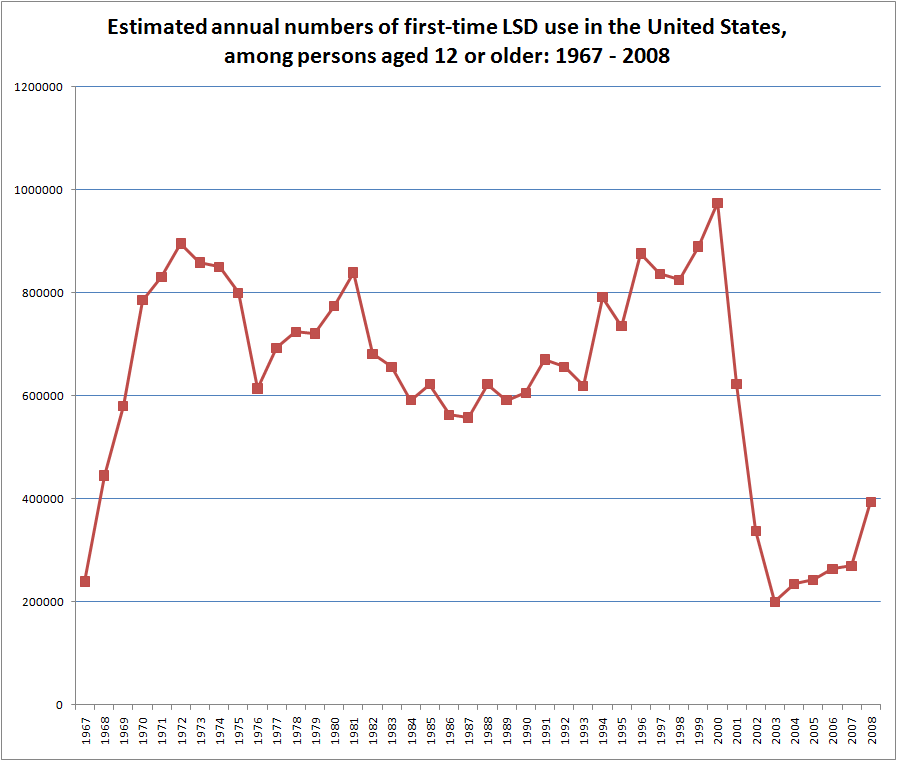Daniel Moreira
Managing editor
Since its discovery in 1938, lysergic acid diethylamide, commonly known as LSD, has been in and out of popular use. It is a drug often associated with the counterculture of the ’60s and the subculture of raves. Though it is a known drug, not many truly understand its effects and possible health risks.
LSD is an easy-to-craft drug, requiring no more than a suitcase of equipment, chemicals and a small room. Because of those factors, LSD is a cheap drug that has long-lasting effects, from eight to 12 hours. It is not physically addictive, meaning that it will not lead to withdraws or drug-seeking behavior; however, LSD is psychologically addictive, leading to the user’s unhappiness and depression, constantly seeking for the state of mind brought through the drug.
The hallucinogen was not made illegal in the United States until 1968, partially leading to a decrease of its use in the ’70s. Another major contributor to its disuse was the high number of young people checking into mental hospitals after heavy LSD use, as well as stories of users killed or injured while under the effects of LSD.

Hallucinogens such as LSD have a specific image in popular culture. Movie characters are shown utilizing the drug without caution, a dangerous habit which can lead to a “bad trip.” The panic, delusion, anxiety and paranoia of “bad trips” are almost never shown and are rarely talked about. Most of the information the public knows about LSD comes from movies, TV and music, leading to many uninformed users of a powerful drug.
Reports of “bad trips” can easily be found online, with several blogs and subreddits describing a user’s personal experience with the use of LSD, be it a bad or good one.
According to Monitoring the Future (MTF), an annual survey on teen drug use, LSD use among eighth-, 10th-, and 12th-graders has remained at steadily low levels since 2003, although there has been a slight increase in use among 12th-graders since 2013. The number of teens who believe there is “great risk” in using LSD once or twice has decreased since 2000, especially among the younger grades. Since 2014, eighth to 10th grade students are more likely to disapprove of LSD use, while disapproval has declined among 12th-graders.
Another survey, this one conducted by the Substance Abuse and Mental Health Services Administration (SAMSHA), found out that nearly 64 percent of 287,000 current users in 2014 were between 12 and 25 years old.
Other separate studies have found use for LSD in the medical field. In a research conducted by Lester Grinspoon and James Bakalar, from Harvard University, results showed that about 50 percent of severe chronic alcoholics treated with a single high dose of LSD recovered and were sober a year or two later. Other researches have discussed the use of LSD (combined with therapy) to reduce anxiety, depression and pain for advanced cancer patients.
Overall, LSD is a complicated drug. It has the potential to cause someone permanent damage, but it can be helpful for those in pain or addicted to much more harmful drugs. LSD is a powerful drug and it should be taken seriously by those who decide to use it.






















